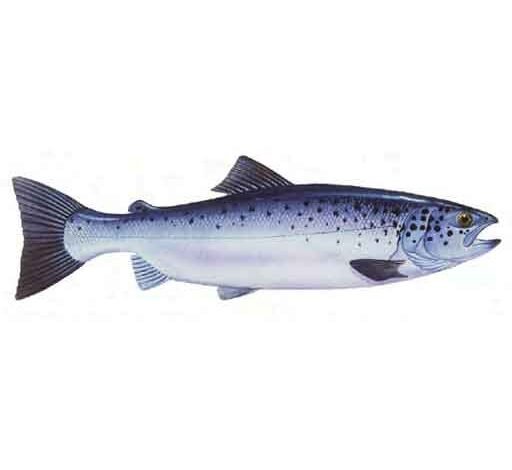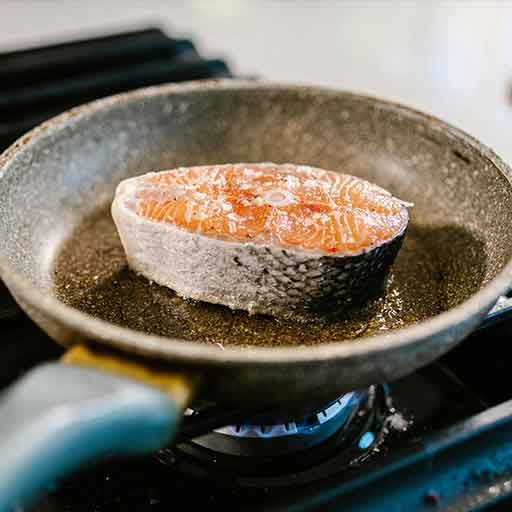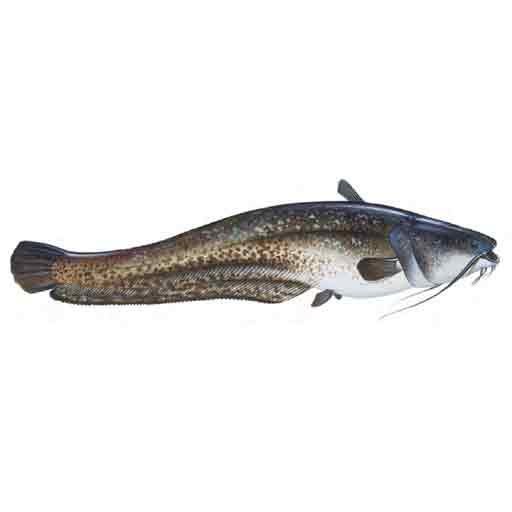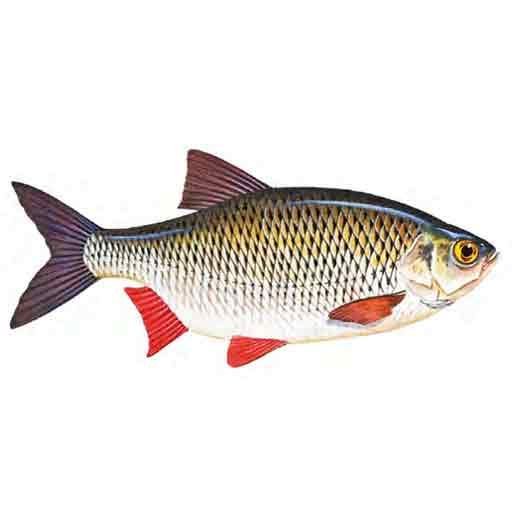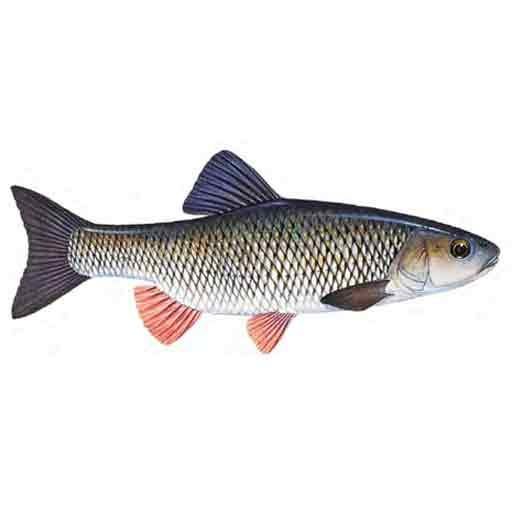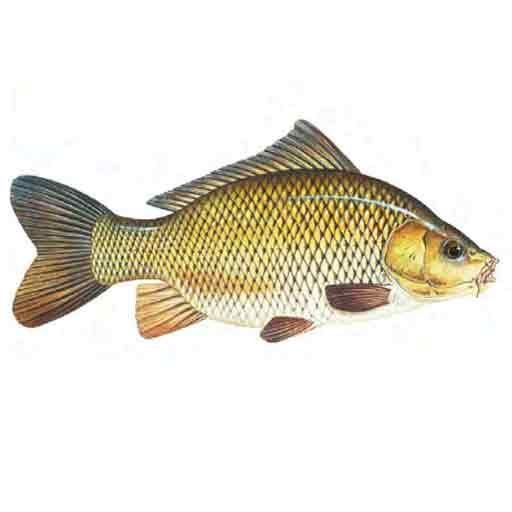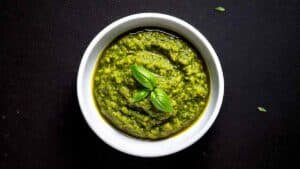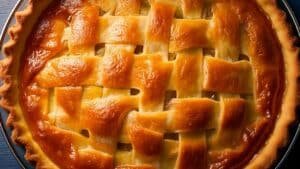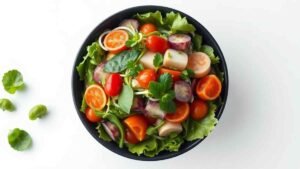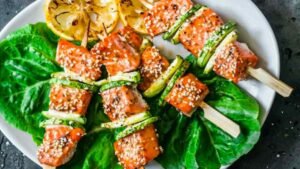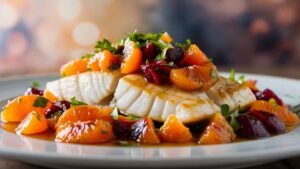The Atlantic salmon is a hugely important game fish and a highly prized catch, especially among fly anglers. These fish can grow to large sizes and are mighty swimmers, built for endurance and speed. Before Atlantic salmon spawn, they spend several years feeding in the cold ocean waters, but once the urge to spawn comes, they return to the rivers in which they were born. A proportion of adult Atlantic salmon die after spawning, but some survive and these return to the sea.
Young salmon (smolts) migrate to the sea after about two years. Atlantic salmon stocks are under increasing commercial pressure and the salmon farming industry is expanding to satisfy the immense demand for this fish. However, there are places where sport fishing for Atlantic salmon can still be truly excellent, such as the Kola Peninsula in northern Russia, parts of eastern Canada, and some of the great Norwegian salmon-river systems.
The species has also been introduced into Australia, New Zealand, and Argentina. Various fishing methods are used, but fly fishing is the most popular. Atlantic salmon do not feed during the return journey to their spawning rivers, so the angler must tempt them to take the fly.
Leaping Salmon
Atlantic salmon returning to their native rivers to spawn must swim against the river’s flow. They often leap spectacularly up rocky falls or other obstructions to reach the spawning grounds.
